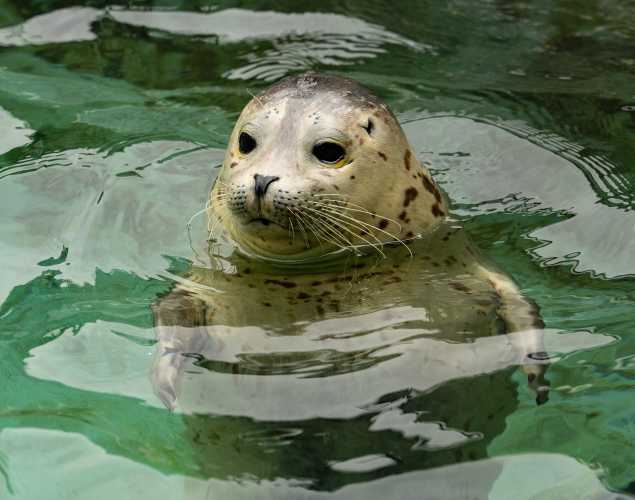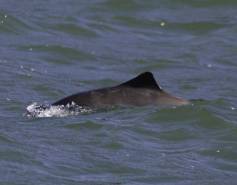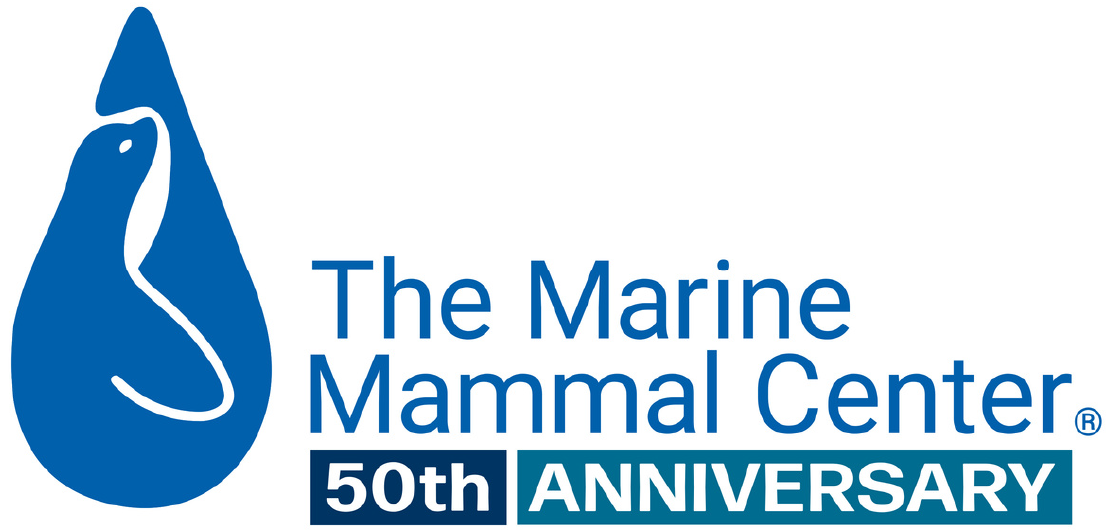
Harbor Seal Pup Dispersal and Individual Morphology, Hematology, and Contaminant Factors Affecting Survival
- Telemetry
- Natural history
Abstract
Understanding the factors affecting individual harbor seal (Phoca vitulina) survival is essential for determining population level health risks. We estimated postweaning dispersal, and modeled the effects of morphology, hematology, and blubber contaminants on the survival of recently weaned harbor seal pups using a mark recapture framework. We deployed satellite transmitters on apparently healthy pups captured in San Francisco Bay (SFB, n = 19) and Tomales Bay (TB, n = 7), and pups released after rehabilitation that stranded along the central California coast preweaning (n = 21). Dispersal distances were further than previously reported for harbor seal pups (maximum = 802 km) which has implications for understanding risks to this vulnerable age class. We found differences in body condition, serum immunoglobulin and thyroxine (T4) concentrations, white blood cell count, and blubber organohalogen contamination (OH) among the three groups. Overall, increased T4, decreased OH, and increased mass were associated with greater survival probabilities; whereas, among stranded seals, greater mass gain, shorter time in rehabilitation, and admission to rehabilitation earlier in the season were associated with greater survival probabilities. Attention to these latter factors may improve the success of rehabilitation efforts. For wild pups, reduction of legacy contaminants and direct causes of mortality, such as ship strike, may enhance pup survival.
Related Publications
{"image":"\/Animals\/Wild\/Harbor porpoise\/cropped-images\/harbor-porpoise-by-bill-keener-c-the-marine-mammal-center-309-73-1207-943-1610670087.jpg","alt":"Harbor porpoise surfacing in the water","title":"The Sex Life of Harbor Porpoises: Lateralized and Aerial Behavior","link_url":"https:\/\/www.marinemammalcenter.org\/publications\/the-sex-life-of-harbor-porpoises-lateralized-and-aerial-behavior","label":"Research Paper"}

{"image":"\/Animals\/Wild\/Other species\/cropped-images\/stejnegers-beaked-whale-photo-c-marc-webber-0-0-949-742-1618440217.jpg","alt":"Stejneger's beaked whales","title":"Stejneger's Beaked Whale Strandings in Alaska, 1995\u20132020","link_url":"https:\/\/www.marinemammalcenter.org\/publications\/stejnegers-beaked-whale-strandings-in-alaska-1995-2020","label":"Research Paper"}

{"image":"\/Misc\/Graphics\/cropped-images\/marine-mammals-of-the-world-book-cover-wide-graphic-201-0-882-689-1618448911.jpg","alt":"Marine Mammals of the World book cover","title":"Marine Mammals of the World: A Comprehensive Guide to Their Identification","link_url":"https:\/\/www.marinemammalcenter.org\/publications\/marine-mammals-of-the-world-a-comprehensive-guide-to-their-identification","label":null}

Marine Mammals of the World: A Comprehensive Guide to Their Identification
Read More{"image":"\/Animals\/Wild\/Other species\/cropped-images\/striped-bass-shutterstock-754-2-4392-3430-1651011006.jpg","alt":"school of striped bass","title":"Seasonal Movement Patterns and Habitat Use of Striped Bass","link_url":"https:\/\/www.marinemammalcenter.org\/publications\/seasonal-movement-patterns-and-habitat-use-of-striped-bass","label":"Research Paper"}

Related News
{"image":"\/Animals\/Wild\/Hawaiian monk seal\/cropped-images\/hms-wild-photo-1-c-noaa-pifsc-hmsrp-35-0-1270-992-1759760452.jpg","alt":"A Hawaiian monk seal rests on its side on a sandy beach.","title":"Where Do Hawaiian Monk Seals Live? And Other \u2018\u012alio Holo I Ka Uaua Trivia","link_url":"https:\/\/www.marinemammalcenter.org\/news\/where-do-hawaiian-monk-seals-live-and-other-ilio-holo-i-ka-uaua-trivia","label":"News Update","date":"2025-10-06 00:00:00"}

Where Do Hawaiian Monk Seals Live? And Other ‘Īlio Holo I Ka Uaua Trivia
October 6, 2025
Read More{"image":"\/Animals\/Patients\/Elephant seals\/cropped-images\/es-hoffman47927-photo-by-bill-hunnewell-c-the-marine-mammal-center-124-0-1270-992-1748384535.jpg","alt":"An An elephant seal\u2019s face with long black whiskers and wide eyes emerges from the water. ","title":"Adaptations of the Deep: Seal Whiskers and Eyes","link_url":"https:\/\/www.marinemammalcenter.org\/news\/adaptations-of-the-deep-seal-whiskers-and-eyes","label":"Patient Update","date":"2025-05-28 02:00:00"}

{"image":"\/Animals\/Wild\/Humpback whale\/cropped-images\/humpback-whale-sea-lions-photo-c-bill-hunnewell-102-0-1270-992-1743014972.jpg","alt":"A California sea lion jumps out of the ocean next to a humpback whale showing its tail and another whale showing its back.","title":"What is the Loudest Animal on Earth? And Other Animal Trivia","link_url":"https:\/\/www.marinemammalcenter.org\/news\/what-is-the-loudest-animal-on-earth-and-other-animal-trivia","label":"News Update","date":"2025-03-26 07:00:00"}

{"image":"\/Animals\/Wild\/Guadalupe fur seal\/cropped-images\/gfs-wild-photo-by-marc-webber-193-0-1270-992-1739906952.jpg","alt":"A Guadalupe fur seal floats in the water with its flippers raised. ","title":"Your Visual Guide to Sea Lion and Seal Behavior","link_url":"https:\/\/www.marinemammalcenter.org\/news\/your-visual-guide-to-sea-lion-and-seal-behavior","label":"News Update","date":"2025-02-18 02:00:00"}

